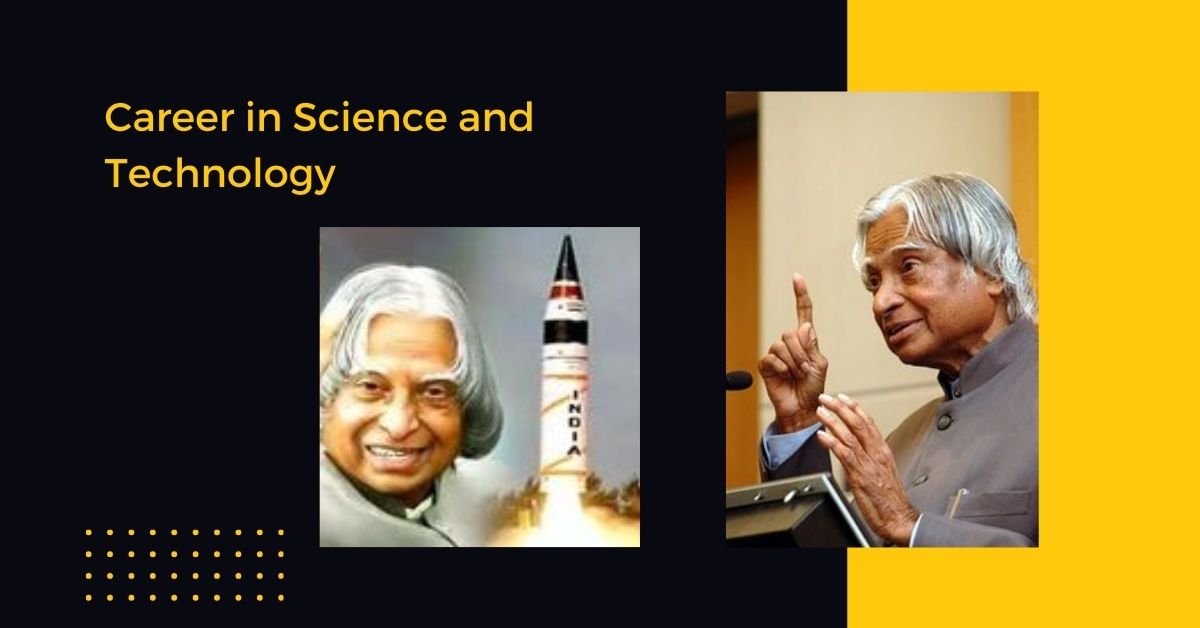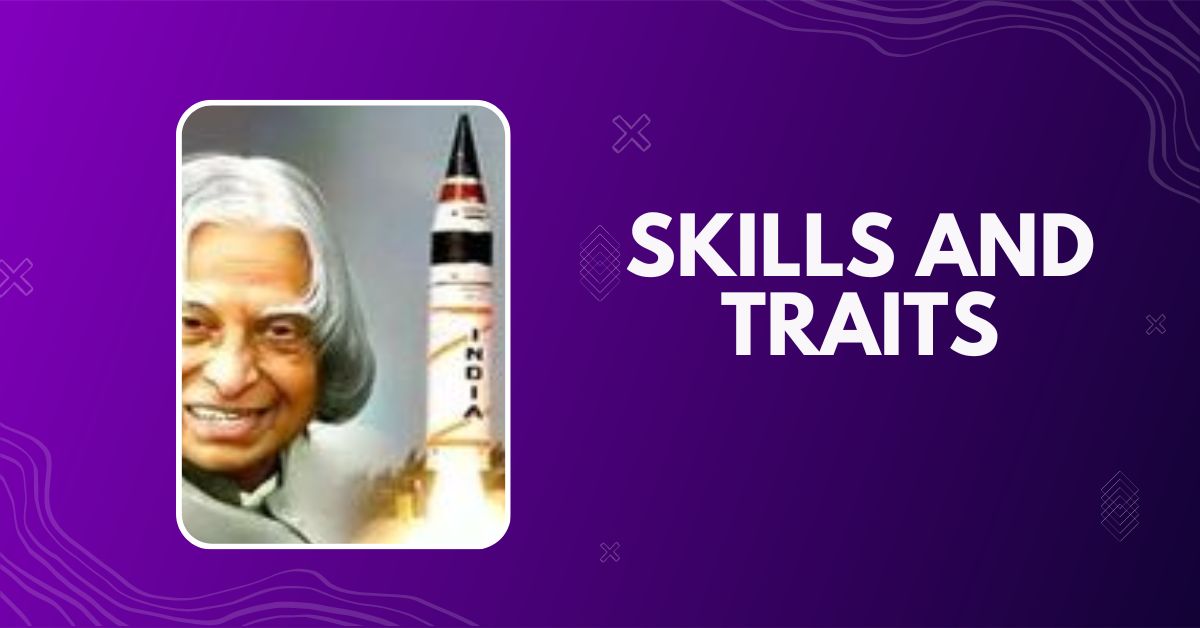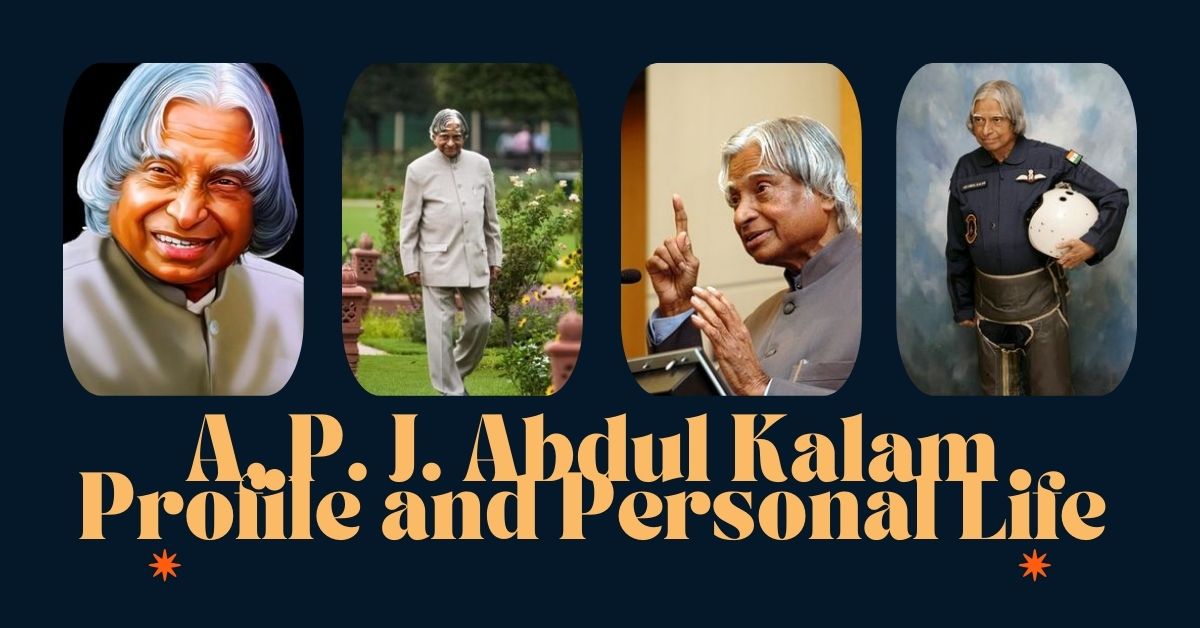A. P. J. Abdul Kalam Profile and Personal Life
Know the details about the A. P. J. Abdul Kalam Profile and Personal Life, A. P. J. Abdul Kalam Rocket Scientist Top Achievements.
A. P. J. Abdul Kalam: The People’s President
Introduction
Dr. A. P. J. Abdul Kalam, also known as the “Missile Man of India,” was an eminent Indian scientist, aerospace engineer, and the 11th President of India. Born in a humble family, Kalam rose to prominence due to his dedication, hard work, and commitment to India’s scientific advancement. His contributions to the fields of aerospace and nuclear technology, along with his inspirational life story, continue to inspire millions worldwide.
A. P. J. Abdul Kalam Profile and Personal Life
Early Life and Birth Details
- Full Name: Avul Pakir Jainulabdeen Abdul Kalam
- Birth Date: 15-10-1931
- Birth Place: Rameswaram, Tamil Nadu, India
A. P. J. Abdul Kalam was born into a modest Tamil Muslim family in the coastal town of Rameswaram, Tamil Nadu. His father, Jainulabdeen, was a boat owner and imam of a local mosque, and his mother, Ashiamma, was a homemaker. The family was not affluent, but they were rich in values and ethics. Kalam’s early life was shaped by the influence of his parents, his deep faith, and a commitment to self-discipline and hard work.
Education and Early Career
From a young age, Kalam exhibited a keen interest in learning and a passion for mathematics and science. He completed his schooling at Schwartz Higher Secondary School in Ramanathapuram and then attended Saint Joseph’s College in Tiruchirappalli, graduating in Physics in 1954. His academic journey continued at the Madras Institute of Technology (MIT), where he specialized in aerospace engineering in 1960.
At MIT, Kalam’s fascination with flight and his dream of becoming a fighter pilot took shape. Although he narrowly missed the opportunity to become a pilot with the Indian Air Force, he joined the Defence Research and Development Organisation (DRDO) as a scientist, embarking on a career that would lead him to become one of India’s most distinguished scientists.
Career in Science and Technology

Early Career and Contributions to ISRO
After graduating from MIT, Kalam joined the Aeronautical Development Establishment (ADE) of the Defense Research and Development Organization (DRDO) as a scientist in 1958. In 1969, he moved to the Indian Space Research Organization (ISRO), where he played a key role in developing India’s first satellite launch vehicle, SLV-III, which successfully deployed the Rohini satellite in orbit in 1980. This achievement marked India’s entry into the exclusive club of countries with the capability to launch satellites independently.
Kalam’s work at ISRO laid the foundation for several successful projects, including the development of indigenous launch vehicles and satellite technology. His leadership in the development of the Polar Satellite Launch Vehicle (PSLV) and the Geosynchronous Satellite Launch Vehicle (GSLV) cemented India’s status as a formidable player in the global space community.
The Missile Man of India
Kalam’s most significant contributions, however, came during his tenure at the DRDO, where he led the Integrated Guided Missile Development Program (IGMDP). Launched in 1983, the IGMDP aimed to develop a comprehensive missile defense system for India, encompassing a range of missiles such as the Agni, Prithvi, Trishul, Akash, and Nag.
Under Kalam’s guidance, India successfully developed and tested several indigenous missiles, earning him the moniker “Missile Man of India.” His work on the Agni and Prithvi missile projects, in particular, positioned India as a nuclear-capable nation with a credible deterrent capability. This was further demonstrated in 1998 when India conducted a series of nuclear tests at Pokhran, showcasing its military prowess to the world.
Professional Life and Contributions to Rocket Science
Dr. Kalam’s career in science and technology spanned over four decades, primarily with the DRDO and the Indian Space Research Organisation (ISRO). He was pivotal in India’s civilian space program and military missile development efforts. Here is a timeline of his major contributions:
| Project/Program | Field | Year |
|---|---|---|
| Satellite Launch Vehicle (SLV-III) | Rocket Science | 1980 |
| Integrated Guided Missile Development | Missile Technology | 1983-1989 |
| Agni and Prithvi Missiles | Nuclear Technology | 1989 |
| Pokhran-II Nuclear Tests | Nuclear Weapons | 1998 |
| Indian Ballistic Missile Defense Program | Defense Technology | 1999 |
Kalam’s work on the Satellite Launch Vehicle (SLV-III) in 1980 made India a space club member. His leadership in developing India’s indigenous guided missile program led to creation of the Agni and Prithvi missiles, strengthening India’s defense capabilities.
Years Active: 1960 – 2015
Personal Life
Despite his significant professional achievements, Dr. Kalam remained a humble and down-to-earth person. He was known for his simplicity, living a life of modesty and spirituality. Dr. Kalam was a vegetarian, maintained a disciplined daily routine, and was deeply spiritual, drawing inspiration from Indian scriptures and the teachings of various faiths.
Spouse and Children
Dr. Kalam never married and dedicated his life entirely to his work, his nation, and the youth of India. He often referred to the students and youth he interacted with as his “children” and devoted much of his time to mentoring and inspiring them.
A Simple and Humble Lifestyle
Despite his stature and accomplishments, A. P. J. Abdul Kalam led a simple and humble life. He remained unmarried and dedicated his entire life to serving the nation. He lived in a modest government house during his presidency and continued to live in simplicity even after his term ended. He had a deep sense of spirituality and often spoke about the importance of faith, humility, and inner strength.

He authored several books, including “Wings of Fire,” “Ignited Minds,” and “The Luminous Sparks,” which continue to inspire readers across the world. His writings reflected his belief in the power of dreams, hard work, and perseverance. He was also a lover of music and often played the veena, an Indian classical instrument, to relax and rejuvenate.
Values and Philosophy
Kalam’s life was guided by a set of core values that defined his character and leadership style. These values included:
- Integrity and Honesty: Throughout his life, Kalam remained committed to the principles of honesty and integrity. He believed that true leadership requires a strong moral compass and a commitment to ethical behavior.
- Empathy and Compassion: Kalam was known for his deep empathy and compassion toward others. He often visited children in hospitals, spent time with underprivileged communities, and extended support to those in need.
- Education and Empowerment: Kalam firmly believed that education is the most powerful tool for empowerment. He devoted much of his time to promoting education and encouraging young people to pursue knowledge and skills.
- Visionary Thinking: As a visionary leader, Kalam always thought beyond the present and encouraged others to do the same. He often spoke about the need for a clear vision and a strong determination to achieve one’s goals.
- Patriotism and Service: Kalam’s love for his country was evident in everything he did. He believed that service to the nation was the highest form of duty and dedicated his entire life to serving India.
Awards and Honors
Dr. Kalam received numerous awards and honors for his contributions to science, technology, and education.
- Bharat Ratna (1997) – India’s highest civilian award.
- Padma Vibhushan (1990) – India’s second-highest civilian award.
- Padma Bhushan (1981) – India’s third-highest civilian award.
- Indira Gandhi Award for National Integration (1997)
- Hoover Medal (2009) – An American engineering award.
- King Charles II Medal (2007) – Awarded by the Royal Society of the UK.
Controversies
Despite his immense popularity, Dr. Kalam faced a few controversies:
- Pokhran-II Nuclear Tests: The nuclear tests conducted under his leadership in 1998 drew international criticism and led to sanctions against India.
- Presidency Decisions: Some decisions made during his presidency, like signing the Office of Profit Bill in 2006, faced opposition.
However, his integrity, transparency, and commitment to the nation won him the trust and respect of people across the country.

Skills and Traits
Dr. Kalam was known for his diverse skill set:
- Leadership and Vision: Spearheaded numerous scientific projects.
- Mentorship: Engaged with students and young professionals.
- Public Speaking: Renowned for his motivational speeches.
- Writing: Authored several books, including “Wings of Fire” and “Ignited Minds.”
Presidency of India
Becoming the 11th President
In 2002, A. P. J. Abdul Kalam was nominated for the presidency by the National Democratic Alliance (NDA) and supported by several opposition parties. His nomination was a testament to his widespread appeal across political and ideological lines. He won the election with an overwhelming majority, becoming the 11th President of India on July 25, 2002.
Kalam’s presidency was characterized by humility, accessibility, and a commitment to the people of India. He often referred to himself as the “People’s President” and made it a point to connect with the common citizens, especially students and young people. His interactions with students across the country inspired millions to dream big and pursue careers in science, technology, and public service.
Key Initiatives and Programs
During his presidency, Kalam launched several initiatives aimed at promoting national development, scientific research, and technological innovation. Some of his notable initiatives included:
- Providing Urban Amenities in Rural Areas (PURA): Kalam envisioned a sustainable development model for India, where rural areas would be empowered with urban amenities like electricity, water supply, education, and healthcare. The PURA initiative aimed to bridge the rural-urban divide by providing employment opportunities and improving the quality of life in rural areas.
- India 2020 Vision: Kalam’s vision for India was encapsulated in his book “India 2020: A Vision for the New Millennium,” where he outlined a roadmap for transforming India into a developed nation by 2020. His vision focused on areas like infrastructure development, education, healthcare, and technological advancement.
- Promotion of Science and Innovation: Kalam was a staunch advocate for science and technology education. He frequently interacted with students and young professionals, encouraging them to pursue careers in science and innovation. He believed that a strong foundation in science and technology was crucial for India’s growth and development.
Death and Legacy and Impact
- Date of Death: July 27, 2015
- Place of Death: Shillong, Meghalaya, India
Dr. Kalam was passed away while delivering a lecture at the Indian Institute of Management, Shillong. His death marked the end of an era, but his legacy continues to inspire. Schools, scholarships, and institutions across India have been named in his honor, and his books continue to be bestsellers.
Inspiring Generations
A. P. J. Abdul Kalam left an indelible mark on India’s scientific, technological, and educational landscape. His contributions to missile development, space research, and nuclear technology have had a lasting impact on India’s defense and security capabilities. More importantly, his life and work continue to inspire millions of people, particularly the youth, to dream big and strive for excellence.
Kalam’s vision for India, as articulated in his books and speeches, remains a guiding light for policymakers, educators, and scientists. His emphasis on self-reliance, innovation, and sustainable development is particularly relevant in today’s world, where countries face complex challenges related to economic growth, climate change, and social inequality.
Final Days and Passing
Last Moments and Passing
On July 27, 2015, while delivering a lecture at the Indian Institute of Management (IIM) in Shillong, A. P. J. Abdul Kalam collapsed and suffered a massive cardiac arrest. Despite efforts to revive him, he passed away, leaving behind a legacy of inspiration, service, and selfless dedication to the nation.
Kalam’s death was mourned by millions across the world, with tributes pouring in from global leaders, dignitaries, and ordinary citizens. His funeral, held in his hometown of Rameswaram, was attended by thousands, including political leaders, scientists, students, and admirers from all walks of life.
Things to Know About A. P. J. Abdul Kalam
- The People’s President: He served as the 11th President of India from 2002 to 2007 and was loved by people of all ages.
- Dreamer and Doer: Kalam often spoke about dreaming big, citing, “Dream, dream, dream. Dreams transform into thoughts and thoughts result in action.”
- Mentor to Youth: He believed in empowering the youth, saying, “You have to dream before your dreams can come true.”
FAQs About A. P. J. Abdul Kalam
- Why is A. P. J. Abdul Kalam called the “Missile Man of India”?
Kalam earned this title due to his pivotal role in developing India’s missile technology, particularly the Agni and Prithvi missiles. - What were Dr. Kalam’s major achievements as a scientist?
His major achievements include the development of the SLV-III, leading the IGMDP, and contributing significantly to India’s nuclear tests. - Why did Kalam never marry?
Dr. Kalam chose to dedicate his entire life to serving the nation and mentoring the youth, often calling them his “children.” - What are some books written by A. P. J. Abdul Kalam?
Some of his popular books include “Wings of Fire,” “Ignited Minds,” “India 2020,” and “My Journey.” - What is A. P. J. Abdul Kalam’s educational background?
He studied Physics at Saint Joseph’s College and later pursued aerospace engineering at the Madras Institute of Technology.
Conclusion
A. P. J. Abdul Kalam remains one of India’s most beloved figures. His life, filled with dedication to science, education, and public service, continues to inspire millions across the globe. From his humble beginnings in Rameswaram to becoming the “People’s President,” Dr. Kalam’s journey is a testament to the power of dreams, hard work, and an unwavering commitment to one’s nation.
Click Here to Know More About A. P. J. Abdul Kalam’s Profile and Personal Life
Click Here to learn more About Raghava Lawrence’s Profile and Personal Life
